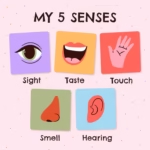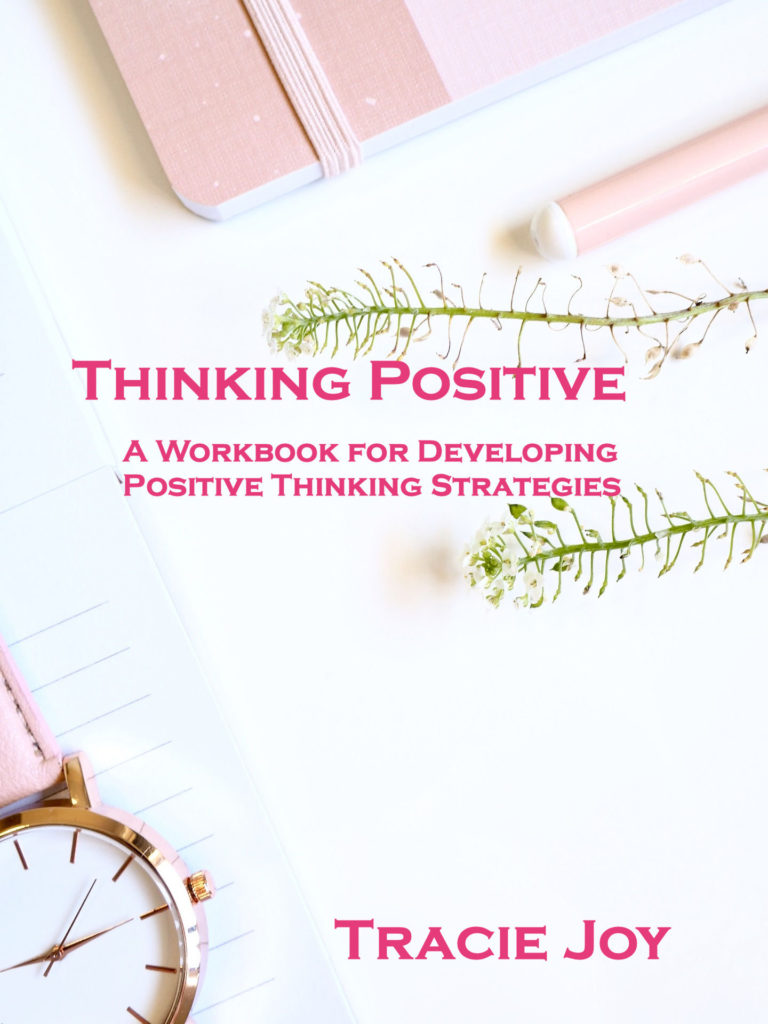7 Proven Ways to Write Powerful Descriptions Without Overwriting
Meta Description: Learn seven proven ways to craft powerful descriptions without overwriting. Use concrete detail, sensory focus, strong verbs, and smart revision to keep readers hooked.
We’ve all read stories where the prose breathes—clear images, sharp sounds, and just enough detail to make the scene feel real. And we’ve all slogged through purple passages that bury meaning in adjectives. The difference comes down to technique: using powerful descriptions that work hard without weighing down the page. In this expanded guide, you’ll learn how to target essential detail, engage selective senses, choose strong verbs, pace with intention, and revise strategically—so your powerful descriptions stay vivid, concise, and unforgettable.
As you read, explore the internal resources linked throughout—understanding point of view, balancing showing vs. telling, building tension and stakes, and crafting natural dialogue all amplify your ability to write powerful descriptions that serve story and theme.
Free PDF: Powerful Descriptions Checklist
Keep a printable, one‑page checklist at your desk to guide drafting and revision. It’s designed to make your powerful descriptions stronger in minutes.
📥 Download the Powerful Descriptions Checklist (PDF)
1) Focus on What the Reader Needs Right Now
Overwriting often happens when we add every detail we can think of. Instead, decide what the reader must know in this moment to track the scene, feel the mood, or understand the character. That’s the core of powerful descriptions: essential, high‑impact detail. If a line doesn’t move the story, deepen emotion, or reveal character, it’s excess weight.
Try this: Before each paragraph, write a five‑word purpose note (e.g., “reveal distrust through setting”). Draft to that purpose only. Then cut anything that doesn’t serve it. For help deciding which details the narrator would notice, revisit Mastering Point of View.
2) Use Specific, Concrete Nouns and Strong Verbs
Vagueness bloats prose; specificity sharpens it. “A beautiful garden” is a headline. “Sunlight on violet tulips trembling in a breeze” is a picture. Concrete nouns plus strong verbs deliver powerful descriptions with fewer words. Replace “was” + adjective with a single muscular verb where possible.
Before: The wind was blowing through the trees.
After: The wind whipped the trees.
When in doubt about concision, re‑calibrate with your showing vs. telling instincts; you’ll naturally land tighter, more powerful descriptions.
3) Engage One or Two Senses at a Time
Trying to hit all five senses at once overloads readers. Choose the senses that express the moment’s emotional payload.  Use scent for memory and intimacy, sound for tension or chaos, touch for vulnerability, and sight for clarity. Rotating senses across a scene keeps your powerful descriptions vivid without clutter.
Use scent for memory and intimacy, sound for tension or chaos, touch for vulnerability, and sight for clarity. Rotating senses across a scene keeps your powerful descriptions vivid without clutter.
Example: Instead of stacking visual adjectives in a kitchen scene, let the clock’s tick carry dread or the citrus zest trigger nostalgia—targeted details that earn their space.
To ensure description supports stakes rather than stalls them, pair this tactic with Creating Tension and Stakes in Every Genre.
4) Let Verbs Carry the Weight
Adverbs and stacked adjectives are like packing peanuts—lots of volume, little substance. Strong, precise verbs create  inherently powerful descriptions with momentum. Reduce “to be” constructions, sidestep passive voice when possible, and let action reveal emotion: “Her laugh cracked” vs. “She laughed loudly.”
inherently powerful descriptions with momentum. Reduce “to be” constructions, sidestep passive voice when possible, and let action reveal emotion: “Her laugh cracked” vs. “She laughed loudly.”
5) Use Metaphors and Similes Sparingly—and Make Them Fit POV
Comparisons are spice, not the meal. One fresh, fitting image can anchor a scene; five competing metaphors will drown it. Make sure figurative language reflects the POV character’s knowledge, mood, and worldview. That alignment is what turns figurative lines into powerful descriptions that feel true rather than showy.
For a fast refresher on avoiding purple prose flourishes, see Reedsy’s guide to purple prose.
6) Control Pacing with Description
Description is a timing tool. Dense, flowing lines slow time for awe, grief, or romance; short, concrete beats quicken action. Choose sentence length and detail density to match the scene’s purpose. When a chapter drags, cut description and add movement. When a moment needs savoring, linger—but only on details that carry meaning. This is pacing on purpose, and it’s a hallmark of powerful descriptions.
Dialogue is your ally here. For natural speech that supports pace (and prevents over‑explaining), see Writing Realistic Dialogue That Sounds Natural.
7) Revise with the Highlighter Test
On revision, highlight every descriptive phrase in a scene. For each highlight, ask:
- Does it add new information or deepen mood/character?
- Is there a more concrete noun or stronger verb?
- Could I cut 10–20% and keep the same effect?
Reading aloud exposes heaviness, repetition, and awkward rhythms. A single pass using this test typically yields leaner, more powerful descriptions that keep readers inside the scene.
For quick drills on vivid prose, try this tutorial from The Write Practice: How to Write Vivid Descriptions.
Avoid These Common Overwriting Traps
Use this quick‑reference guide to diagnose and fix overwriting fast. Each trap includes a before/after so you can  transform clutter into powerful descriptions that move the scene.
transform clutter into powerful descriptions that move the scene.
1) Adjective Stacking
Looks like: “the tall, looming, ominous, ancient tower.”
 Fix: Pick the strongest word and add one concrete detail.
Fix: Pick the strongest word and add one concrete detail.
Before: The tall, looming, ominous tower stood coldly on the dark, stormy cliff.
After: The tower hunched on the cliff, its stones slick with rain.
2) Explaining What You Already Showed
Before: Her hands shook as she fumbled the keys. She was nervous.
After: Her keys scraped the lock twice before she found the slot.
3) Repeating the Same Sensory Beat
Before: The neon was bright, glaring, blinding; the light hurt his eyes.
After: Neon bled across the wet pavement, forcing him to squint.
4) Telling What Dialogue/Action Already Implies
Before: “Get out,” she said angrily, slamming the door shut in rage.
After: “Get out.” She slammed the door.
5) Cliché or Mixed Metaphors
Before: Panic flooded him like a tidal wave that lit a fire in his chest.
After: Panic climbed his ribs, hot and breathless.
6) Filter Verbs (she saw, he felt, they noticed)
Before: She noticed a draft sliding under the window.
After: A draft slid under the window.
7) Micro‑Tracking Stage Directions
Before: He reached out, grabbed the cup with his right hand, lifted it, and took a sip.
After: He sipped his coffee.
8) Thesaurus Syndrome
Before: The perambulation of the canine was expeditious.
After: The dog trotted.
9) Over‑Precision Without Purpose
Before: He unlocked his 2014 graphite‑gray XZ‑90 sedan with the key fob and adjusted the leather seat.
After: He unlocked the sedan and slid into cool leather.
10) Redundant Scene Setting
Before: The small kitchen, with its yellow curtains and old clock, was still small and yellow‑curtained.
After: The old clock ticked under the yellow curtains, steady as ever.
Run these fixes and you’ll consistently land tighter, more powerful descriptions in every draft.
10‑Minute Practice Drill
- Copy one paragraph you suspect is overwritten.
- Circle every adjective/adverb; replace three with one concrete noun or stronger verb.
- Limit yourself to one sensory beat; cut duplicates.
- Trim 15% of the words without losing meaning.
- Read aloud and tweak rhythm. You now have leaner, more powerful descriptions.
Bring It All Together
To recap: focus on what matters now, write with concrete nouns and strong verbs, engage selective senses, control pace with sentence design, and revise ruthlessly. Pair those habits with your understanding of POV, showing vs. telling, tension and stakes, and dialogue—and you’ll consistently produce powerful descriptions that serve story, deepen character, and delight readers.
Bookmark these quick references for future drafts: How to Avoid Purple Prose (Reedsy) and How to Write Vivid Descriptions (The Write Practice). Use them when your powerful descriptions start to feel heavy.
Your turn: Paste a “before and after” paragraph in the comments and tell us what you cut, what you kept, and why. Your insights will help other writers craft powerful descriptions that shine.



